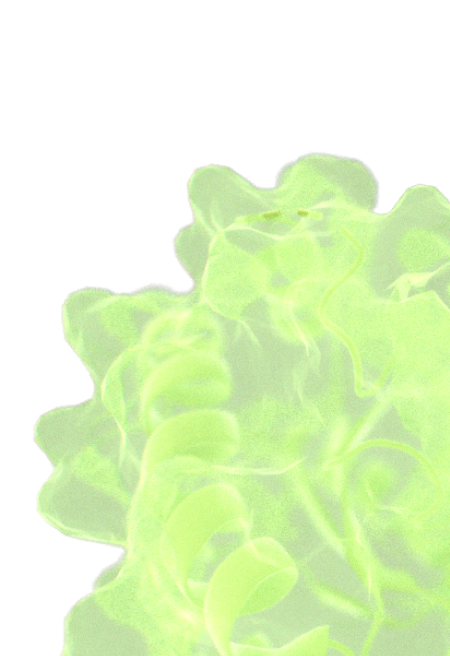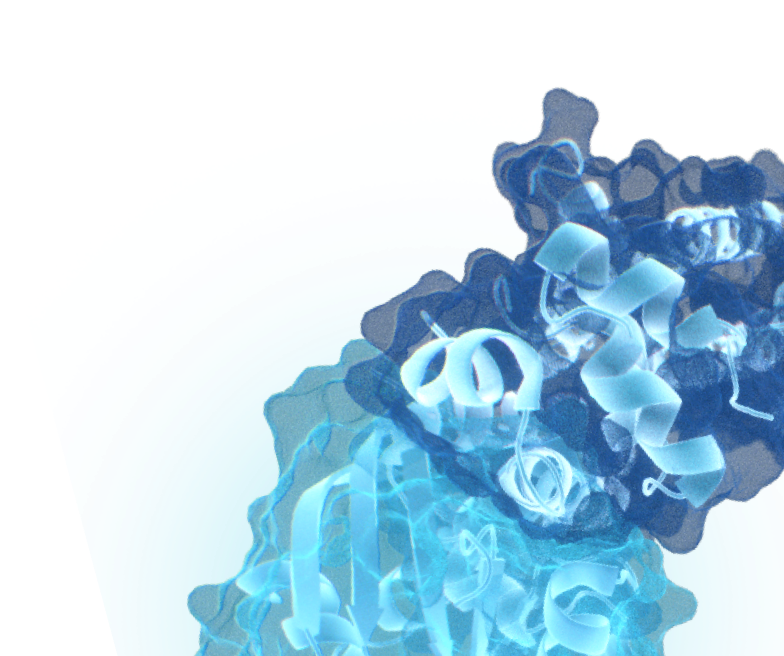Target &
Program

Our Pipeline
A focus on Oncology
Our internal pipeline is focused on oncology. We select genetically validated targets based on the concepts of oncogene addiction and synthetic lethality. Our goal is to minimize clinical resistance pathways by modulating established targets in orthogonal ways using ToRFLEx.
Mechanism of Action
Screening &
Discovery
Discovery
Hit & MoA
Validation
Validation
Hit to Lead
Optimization
Optimization
Preclinical
Development
Development
NRas
NRas Degrader
Shoc2
SMP Disruptor
Shoc2
SHOC2 Degrader
Raf1
PPI Disruptor

Focus on RAS/MAPK
The Ras/MAPK pathway is a long-known hub that is essential to propagating a broad variety of cancers.
While the pathway and its proteins have been characterized decades ago, due to the essential nature of the pathway and the existence of several paralogs, pharmacological interventions that are selective and have acceptable safety margins remai elusive. Recently, clinical breakthroughs have been made targeting KRas itself. While the clinical activity is promising, resistance mechanisms due to cancer evolution have been rapidly observed.
Our Approach and Programs
Our approach to targeting the Ras pathway is based on the concepts of oncogene addiction and synthetic lethality. Hyper Ras activation renders cells sensitive to the loss of additional genes in the pathway. The two main synthetic lethal targets of Ras mutants are Raf1 and Shoc2. We are currently developing compounds that modulate both of these proteins to target Ras mutated tumors in a selective manner.
Additionally, obtaining selectivity between Ras paralogs is another approach for maintaining a low toxicity profile, while selectively targeting Ras-driven cancers. We used our platform to discover a novel selective pocket on NRas that can be used for its paralog-specific degradation. To bypass potential resistance mechanisms of occupancy-based compounds, our degradation approach can achieve a catalytic mechanism of action. This program is being developed for NRas-driven cancers.

Focus on Immuno-oncology
The advent of immunotherapy has revolutionized oncology treatments
Unleashing the immune system to clear neoplasms has proved to be a remarkable strategy to fight cancers. As the understanding of the underlying mechanisms for this approach improves, we can better devise strategies to increase the number of patients that could benefit from immuno-oncology (I/O) medicines.
Our Approach and Program
Our approach is to discover orthologous mechanisms of action that can stimulate the immune system, and further potentiate existing I/O medicines. Our STX100 program leverages a novel immunogenic cell death mechanism that selectively exposes neoantigens on cancer cells as they die which activates the immune system, leading to durable responses in vivo.
The lead molecule targets Rad51 and disrupts its interaction with a crucial binding partner. By engaging an allosteric site, STX100 triggers a rapid calcium release from Rad51, which is specifically overexpressed in many cancer cells. This rapid calcium release overwhelms the cancer cell’s calcium buffering capacity and causes an immunogenic cell death.
We can apply ToRFLEx to discover drugs that work through various mechanisms of action.
Our two main areas of focus are protein-protein interaction disruption (using ToRPPIDO) and targeted protein degradation (using ToRNeDO). Explore more about these these strategies below and how they are implemented to target cellular pathways

